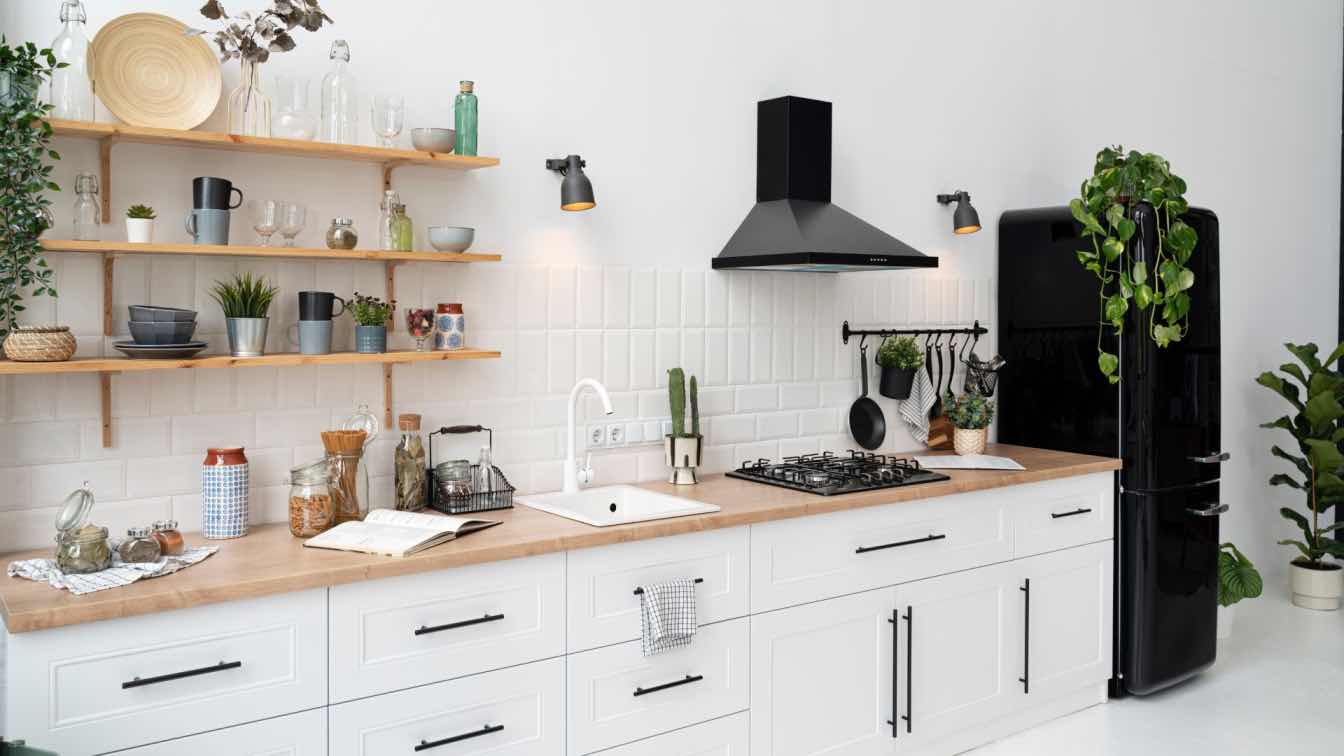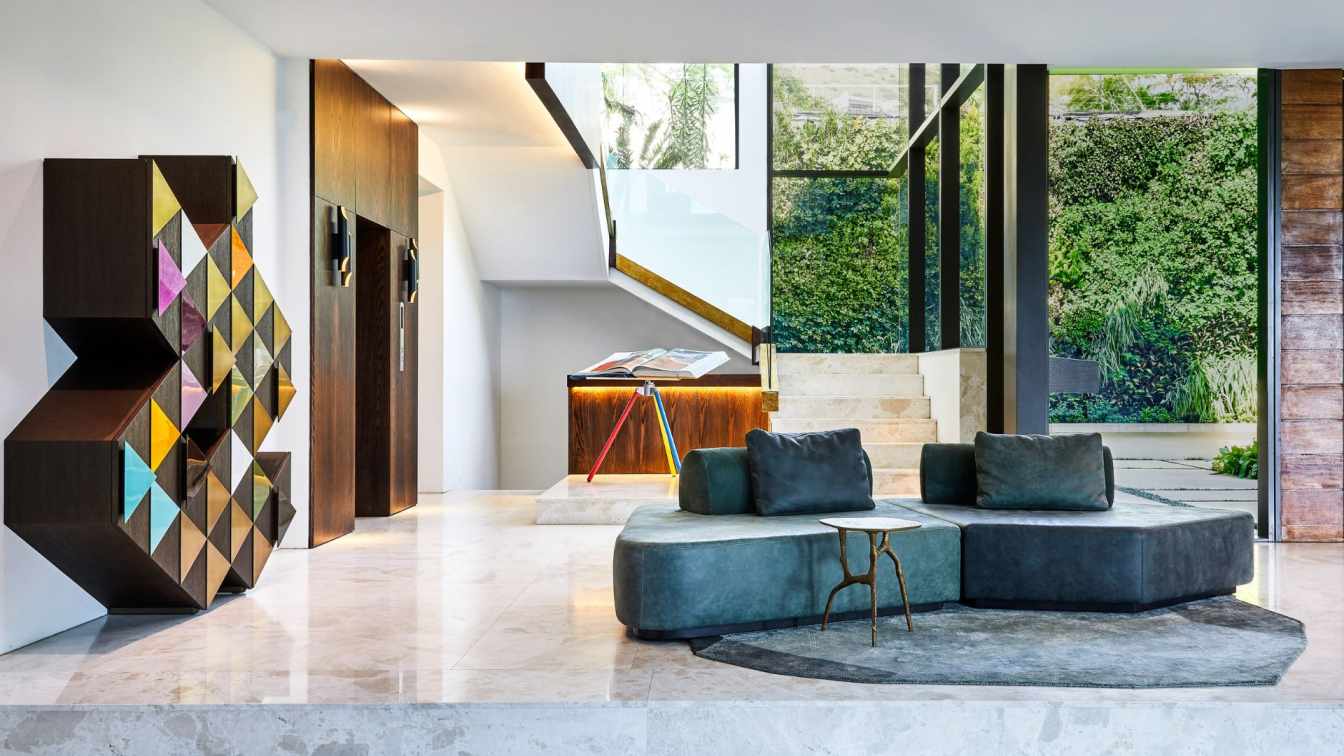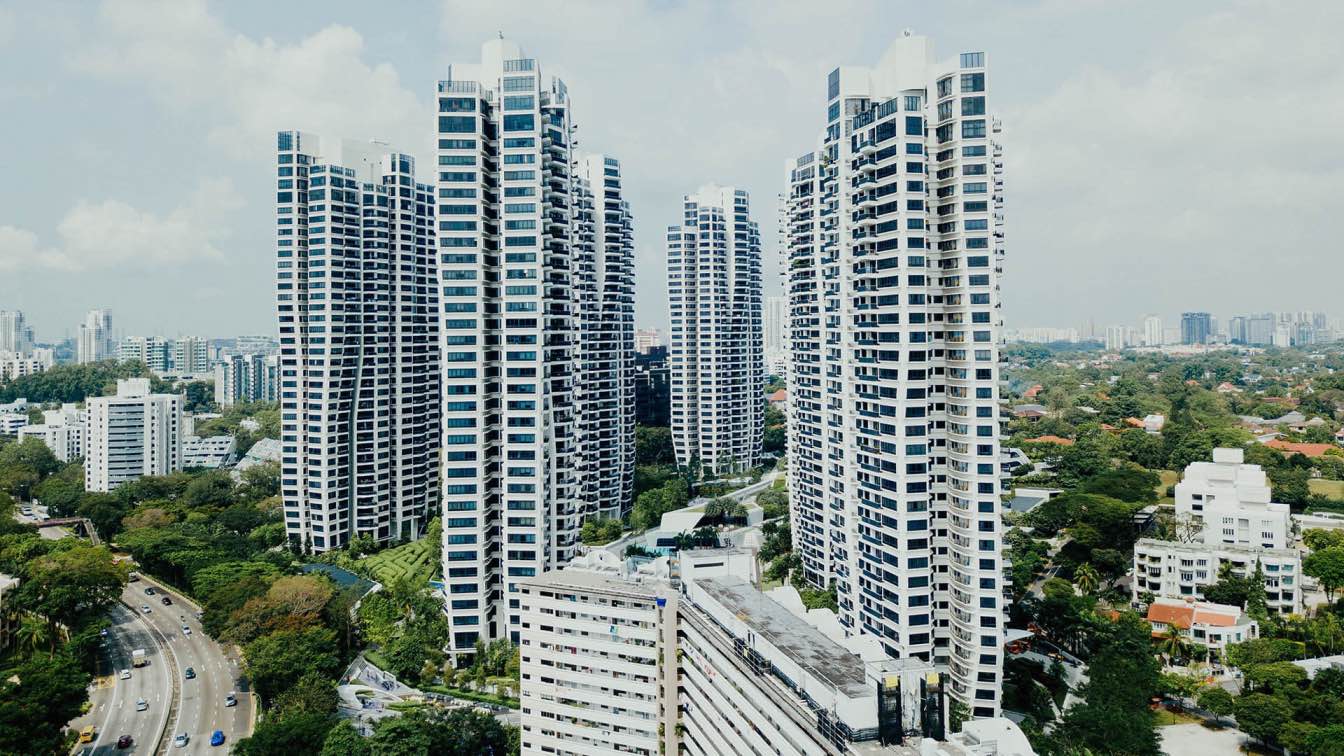A New Trend in Interior Design
Interior design has always been about creating a pleasant space. A place that soothes our minds and relieves us from daily life pressures. Since the old times up to the present day, we’ve been using our resources to design homes that evoke feelings of comfort, serenity, and inspiration. Today, we discuss one such resource that is a byproduct of modern technology and goes by the name of artificial intelligence (AI).
From designing the first sketch of a building to adjusting color and light, AI has multiple applications in interior design. Although it’s only a few years since we’ve been gifted with AI interior design tools, great changes have already taken place in how we approach and appreciate interior design. Let’s take a closer look!
Applications of AI in Interior Design
Designing floor plan
Floor plans are essential in understanding the special layout and flow of a building. They provide a clear visual presentation of how different areas will be organized and connected.
Knowing the specifics of a place, such as width, length, and functional requirements, AI can design the perfect floor plan for your space. One that promises optimal functionality and efficient use of the space.
Furnishing a space
Until a few years ago, when furnishing an empty room, we either had to rely entirely on our hunches or ask an interior designer to do the job. The former wouldn’t always give us the best results while the latter came with a price that not everyone could afford!
But today, thanks to AI-powered tools, we can try different designs on our homes in a virtual space for a fraction of what it costs to hire an interior designer. This means that without worrying about our money we can find the best design for our spaces. One that aligns perfectly with our tastes, lifestyles, and functional needs.
This technique is commonly referred to as “AI virtual staging”. So if you’re not familiar with it, just google it to see how it works. You only need to give a photo of your place to an AI interior design tool and ask it to design the space for you. If you like the result, you can go for it.
The good thing about this type of furnishing is that it doesn’t manipulate the space. It only furnishes it. So, no concern about removing a wall or altering the structure of the house!
Providing personalized recommendations
Let’s suppose that you want to furnish your bedroom. Countless items in various colors could fit there. The walls could have different colors along with various decoratives. In reality, however, you can’t order 10 beds just to choose one or paint the walls several times only to find the most pleasing color! This is where AI comes into play.
You just need to find a good AI-powered tool and give it a photo of your bedroom. Then, you’ll be able to apply different colors to the walls or even paint each wall a different color. You can try beds of different sizes in different parts of the bedroom to learn which kind of bed your room needs and where it should be placed.
If one day, you wake up and decide to change your patterned carpet or buy some artwork for your living room, you only need to turn to AI. You’ll see a dozen personalized recommendations adapted to your taste and preferences.
Let’s make the long story short, AI allows you to see your kitchen with different backsplashes in different patterns and colors. You can do the same to the cabinets, the walls, the floor, and even the ceiling.
So next time you consider applying minor changes to your home, know that AI can show you, in advance, how differently your home would look.
Space optimization
Building a house is one thing. Making the best use of the space inside it is a totally different game! Not that, as humans, we don’t know how to use our spaces, it’s just that we sometimes lose sight of little things that make big differences, especially in the case of small spaces!
If you take a close look at your current design, chances are that you see areas in your home that are too cluttered or feel a bit bare! You might find it difficult to move around in certain parts of your home while other spots may look too vacant or even useless!
As AI is built on past data, it understands the right way of optimizing the space. Using AI tools such as AI HomeDesign, you can make better use of your space in terms of furniture placement, wall decors, lighting fixtures, etc.
Lighting design
How a space makes one feel, largely depends on how much light it receives. With some spaces, it’s easy to bring in the natural light, but with others, it’s not. Meanwhile, not everyone has the same taste regarding how much light they want in their place.
As you can see, it’s not that easy to come up with a good lighting design, especially for a place that doesn’t receive enough natural light. Windows and artificial lighting are two traditional solutions, but not the only ones.
Artificial intelligence has made it possible for us to have adjustable lighting systems in our homes. Such systems allow us to adjust brightness and color temperature based on our mood regardless of the time of the day. So with AI, a cloudy morning outside doesn’t have to mean a gloomy start to your day. Your smart lighting system can change that by brightening your space and adjusting the light to a pleasing sunny setting.
Predictive analytics
Building on data-driven insights, AI can predict design styles that will likely come into fashion in the future. That is to say, AI can predict how a certain community in a certain area will prefer different layouts, materials, and color schemes based on historical data and current trends. But how is it done?
As humans, we always learn from the past to make informed decisions for the future. Analyzing past design trends, the parts we’ve kept and those we’ve changed, AI is capable of foreseeing future design preferences and guiding designers in creating spaces that will most likely appeal to future generations.
The Next Big Thing
What we’ve been discussing about AI in interior design is just a small fraction of the whole picture. Though it’s not easy to exactly predict all future applications of artificial intelligence in interior design, it’s safe to say that “redesigning” will be available pretty soon.
Furnishing the place with what you have
Interior design isn’t always about filling up a space with new items. It’s often about rearranging the furniture to make better use of the space or creating a balance between function and aesthetics!
How many times have you encountered people trying to move around some furniture so that their place feels bigger, cozier, or less cluttered? Well, AI can show you how to do this in the best possible way. Soon artificial intelligence will be capable of applying various designs to the same room without adding any new items or removing existing ones, perfectly optimising your space with what you already have!
In closing
AI interior design marks a significant leap forward in how we perceive our living spaces and interact with them. It democratizes design by making professional aesthetics accessible to all. As technology progresses, the potential for AI in interior design is growing, letting us have more intuitive, personalized approaches toward interior design.
Next time you look around your place and wonder about the possibilities, remind yourself that AI is ready to turn your visions into reality and help you make better decisions!





